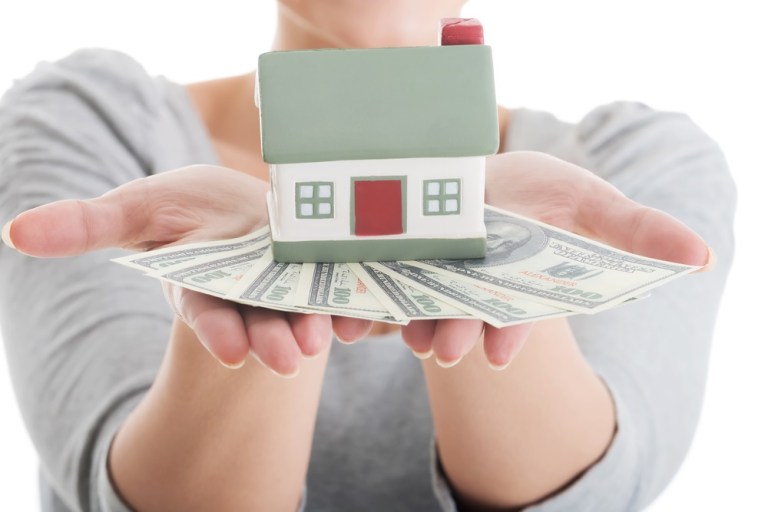
Two new reports point to underlying strength in the U.S. economy, despite signs that growth slowed in the first quarter, Reuters reported on Tuesday (April 24).
The Conference Board said consumer confidence rose 1.7 points in April to 128.7 for the month. Short-term expectations also improved, with the number of consumers expecting their incomes to decline dropping to its lowest level since December 2000.
Separately, U.S. government data released on Tuesday showed new home sales increased 4 percent to 694,000 seasonally adjusted units. In addition, the number of properties that were sold but which have yet to start construction rose last month, a sign developers should being reporting good activity in the coming months, according to Bloomberg.
The prior two months’ worth of new home sales figures were also revised upward as part of yesterday’s release. February’s pace was updated to 667,000 units from the initial 618,000 units, while January sales were updated to be unchanged, from a previously stated decline of 4.7 percent. Economists polled by Reuters had predicted that new home sales would rise, but not as much as announced on Tuesday. The group had expected the government to tally 630,000 units for the period.
Still, the strong data likely isn’t going to change economists’ minds about there being some signs of weakness in the economy, according to Reuters. Gross domestic products estimates from economists are generally below 2 percent for the first quarter, which indicates weakness from the 2.9 percent rate the economy grew in the final quarter of 2017.
The housing market is also struggling with a chronic shortage of homes for sale, which has the effect of boosting home prices while simultaneously slowing activity for buyers looking for affordable homes, mainly first-time home buyers, Reuters reported.
A third report released on Tuesday, the S&P CoreLogic Case-Shiller composite index of home prices, which covers 20 metropolitan regions in the U.S., revealed that home prices rose 6.8 percent in the 12 months ending in February, after rising 6.4 percent in January. The Case-Shiller report doesn’t disclose median prices but reported that the average home sold for more than double the price of the index’s base date in January 2000.